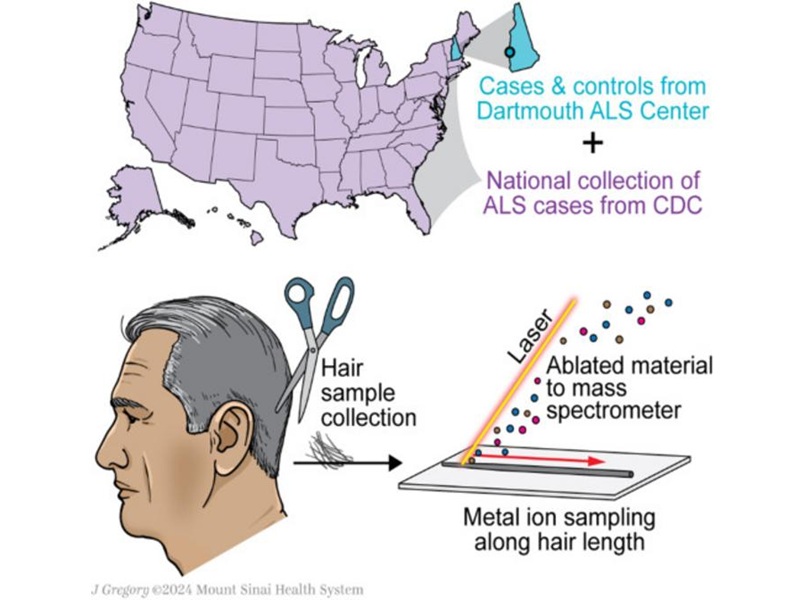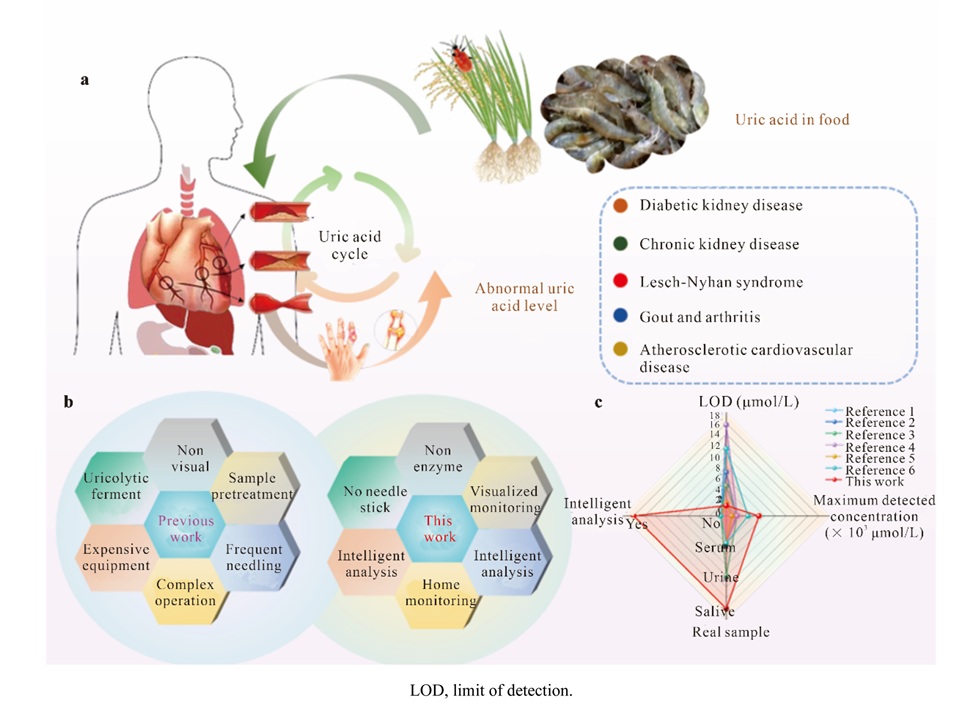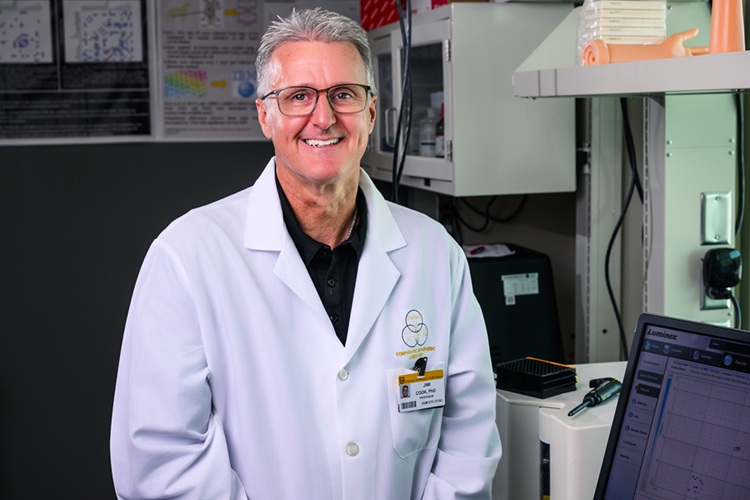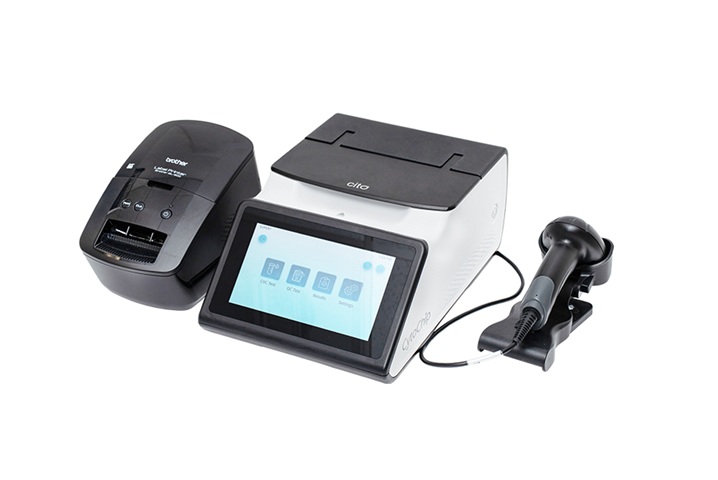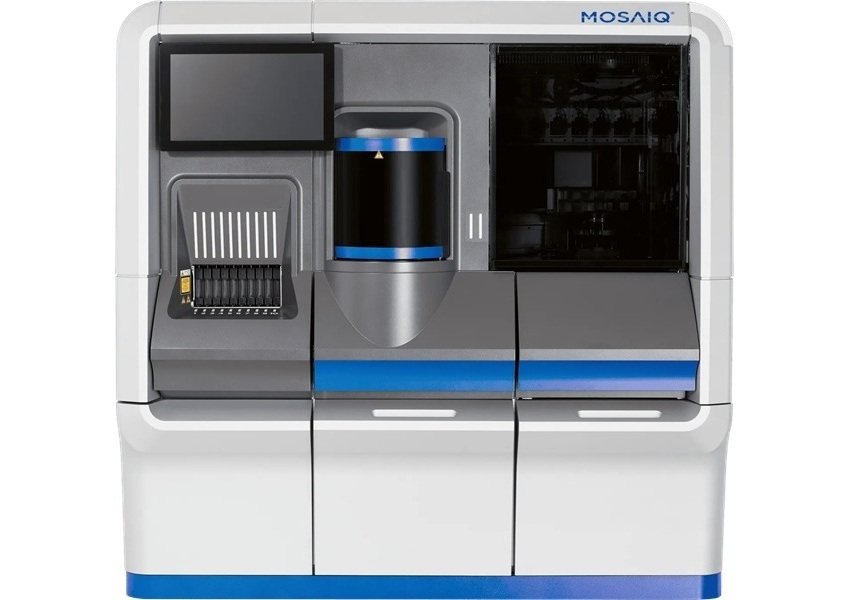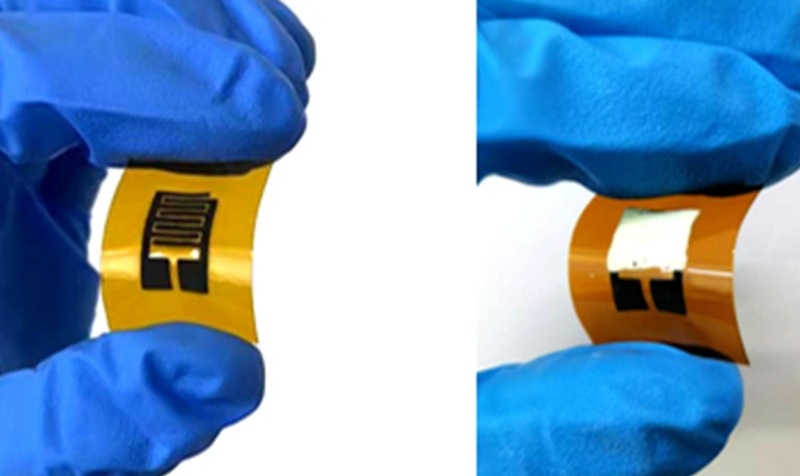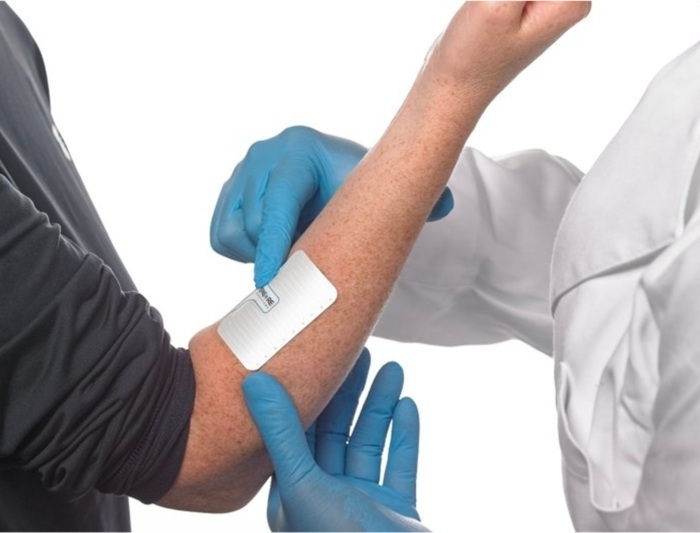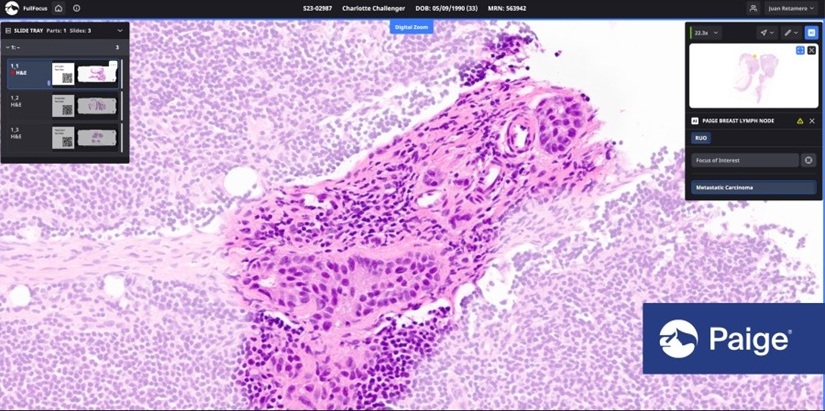The COVID-19 Coronavirus Remains Viable for Hours or Days on Solid Surfaces
|
By LabMedica International staff writers Posted on 30 Mar 2020 |
![Image: This transmission electron microscope image shows SARS-CoV-2, the virus that causes COVID-19, isolated from a patient in the United States (Photo courtesy of [U.S.] National Institute of Allergy and Infectious Diseases) Image: This transmission electron microscope image shows SARS-CoV-2, the virus that causes COVID-19, isolated from a patient in the United States (Photo courtesy of [U.S.] National Institute of Allergy and Infectious Diseases)](https://globetechcdn.com/mobile_labmedica/images/stories/articles/article_images/2020-03-30/GMS-050B.jpg)
Image: This transmission electron microscope image shows SARS-CoV-2, the virus that causes COVID-19, isolated from a patient in the United States (Photo courtesy of [U.S.] National Institute of Allergy and Infectious Diseases)
A recently published paper sheds light on how coronavirus spreads through the air and how long it remains viable on various solid surfaces.
A novel coronavirus of zoonotic origin, SARS-CoV-2 (2019-nCoV) was first identified in patients with acute respiratory disease (COVID-19). This virus is genetically similar to SARS coronavirus and bat SARS-like coronaviruses. The outbreak was initially detected in Wuhan, a major city of China, but has subsequently exploded into a pandemic, which is raging in most of the countries of the world. At this time more than 425,000 cases of the disease have been confirmed with thousands of fatalities. Signs of infection are highly non-specific and these include respiratory symptoms, fever, cough, dyspnea, and viral pneumonia. The elderly and those with chronic diseases seem to suffer a more severe disease than does the younger, healthier population.
Many questions remain unanswered regarding how coronavirus spreads. To answer some of them, investigators at the University of California, Los Angeles (USA), the [U.S.] National Institute of Allergy and Infectious Diseases (Bethesda, MD, USA), the [U.S.] Centers for Disease Control and Prevention (Atlanta, GA, USA), and Princeton University (Princeton, NJ, USA) analyzed the aerosol and surface stability of SARS-CoV-2 and compared it with SARS-CoV-1, the most closely related human coronavirus.
For the study, aerosols similar to those observed in samples obtained from the upper and lower respiratory tract in humans, containing SARS-CoV-2 or SARS-CoV-1 were generated with the use of a three-jet Collison nebulizer. In addition, the viability of the viruses was determined in four environmental conditions (plastic, stainless steel, copper, and cardboard).
Results revealed that SARS-CoV-2 remained viable in aerosols throughout the duration of the three hour experiment, but with a small reduction in infectious titer. This reduction was similar to that observed with SARS-CoV-1.
SARS-CoV-2 was more stable on plastic and stainless steel than on copper and cardboard, and viable virus was detected up to 72 hours after application to these surfaces, although the virus titer was greatly reduced. Significant reduction in virus titers were noted after 72 hours on plastic, after 48 hours on stainless steel, 24 hours on cardboard, and only four hours on copper. The stability kinetics of SARS-CoV-1 were similar. This suggests that differences in the epidemiologic characteristics of these viruses probably arise from other factors, including high viral loads in the upper respiratory tract and the potential for persons infected with SARS-CoV-2 to shed and transmit the virus while asymptomatic.
While the results indicated that viable viruses could be detected for hours or days on some surfaces, it was not shown whether these viruses were still capable of causing the disease.
Contributing author Dr. James Lloyd-Smith, professor of ecology and evolutionary biology at the University of California, Los Angeles, said, "This virus is quite transmissible through relatively casual contact, making this pathogen very hard to contain. If you are touching items that someone else has recently handled, be aware they could be contaminated and wash your hands. The biology and epidemiology of the virus make infection extremely difficult to detect in its early stages because the majority of cases show no symptoms for five days or longer after exposure. Many people will not have developed symptoms yet."
The report appeared in the March 17, 2020, online edition of the journal New England Journal of Medicine.
Related Links:
University of California, Los Angeles
[U.S.] National Institute of Allergy and Infectious Diseases
Centers for Disease Control and Prevention
Princeton University
A novel coronavirus of zoonotic origin, SARS-CoV-2 (2019-nCoV) was first identified in patients with acute respiratory disease (COVID-19). This virus is genetically similar to SARS coronavirus and bat SARS-like coronaviruses. The outbreak was initially detected in Wuhan, a major city of China, but has subsequently exploded into a pandemic, which is raging in most of the countries of the world. At this time more than 425,000 cases of the disease have been confirmed with thousands of fatalities. Signs of infection are highly non-specific and these include respiratory symptoms, fever, cough, dyspnea, and viral pneumonia. The elderly and those with chronic diseases seem to suffer a more severe disease than does the younger, healthier population.
Many questions remain unanswered regarding how coronavirus spreads. To answer some of them, investigators at the University of California, Los Angeles (USA), the [U.S.] National Institute of Allergy and Infectious Diseases (Bethesda, MD, USA), the [U.S.] Centers for Disease Control and Prevention (Atlanta, GA, USA), and Princeton University (Princeton, NJ, USA) analyzed the aerosol and surface stability of SARS-CoV-2 and compared it with SARS-CoV-1, the most closely related human coronavirus.
For the study, aerosols similar to those observed in samples obtained from the upper and lower respiratory tract in humans, containing SARS-CoV-2 or SARS-CoV-1 were generated with the use of a three-jet Collison nebulizer. In addition, the viability of the viruses was determined in four environmental conditions (plastic, stainless steel, copper, and cardboard).
Results revealed that SARS-CoV-2 remained viable in aerosols throughout the duration of the three hour experiment, but with a small reduction in infectious titer. This reduction was similar to that observed with SARS-CoV-1.
SARS-CoV-2 was more stable on plastic and stainless steel than on copper and cardboard, and viable virus was detected up to 72 hours after application to these surfaces, although the virus titer was greatly reduced. Significant reduction in virus titers were noted after 72 hours on plastic, after 48 hours on stainless steel, 24 hours on cardboard, and only four hours on copper. The stability kinetics of SARS-CoV-1 were similar. This suggests that differences in the epidemiologic characteristics of these viruses probably arise from other factors, including high viral loads in the upper respiratory tract and the potential for persons infected with SARS-CoV-2 to shed and transmit the virus while asymptomatic.
While the results indicated that viable viruses could be detected for hours or days on some surfaces, it was not shown whether these viruses were still capable of causing the disease.
Contributing author Dr. James Lloyd-Smith, professor of ecology and evolutionary biology at the University of California, Los Angeles, said, "This virus is quite transmissible through relatively casual contact, making this pathogen very hard to contain. If you are touching items that someone else has recently handled, be aware they could be contaminated and wash your hands. The biology and epidemiology of the virus make infection extremely difficult to detect in its early stages because the majority of cases show no symptoms for five days or longer after exposure. Many people will not have developed symptoms yet."
The report appeared in the March 17, 2020, online edition of the journal New England Journal of Medicine.
Related Links:
University of California, Los Angeles
[U.S.] National Institute of Allergy and Infectious Diseases
Centers for Disease Control and Prevention
Princeton University
Latest Microbiology News
- Microfluidic Platform Assesses Neutrophil Function in Sepsis Patients
- New Diagnostic Method Confirms Sepsis Infections Earlier
- New Markers Could Predict Risk of Severe Chlamydia Infection
- Portable Spectroscopy Rapidly and Noninvasively Detects Bacterial Species in Vaginal Fluid
- CRISPR-Based Saliva Test Detects Tuberculosis Directly from Sputum
- Urine-Based Assay Diagnoses Common Lung Infection in Immunocompromised People
- Saliva Test Detects Implant-Related Microbial Risks
- New Platform Leverages AI and Quantum Computing to Predict Salmonella Antimicrobial Resistance
- Early Detection of Gut Microbiota Metabolite Linked to Atherosclerosis Could Revolutionize Diagnosis
- Viral Load Tests Can Help Predict Mpox Severity
- Gut Microbiota Analysis Enables Early and Non-Invasive Detection of Gestational Diabetes
- Credit Card-Sized Test Boosts TB Detection in HIV Hotspots
- Fecal Metabolite Profiling Predicts Mortality in Critically Ill Patients
- Portable Molecular POC System Rules Out UTIs in Just 35 Minutes
- POC Lateral Flow Test Detects Deadly Fungal Infection Faster Than Existing Techniques
- Rapid Diagnostic Test Slashes Sepsis Mortality by 39%
Channels
Clinical Chemistry
view channel
Gold Nanoparticles to Improve Accuracy of Ovarian Cancer Diagnosis
Ovarian cancer is considered one of the deadliest cancers, in part because it rarely shows clear symptoms in its early stages, and diagnosis is often complex. Current approaches make it difficult to accurately... Read more
Simultaneous Cell Isolation Technology Improves Cancer Diagnostic Accuracy
Accurate cancer diagnosis remains a challenge, as liquid biopsy techniques often fail to capture the complexity of tumor biology. Traditional systems for isolating circulating tumor cells (CTCs) vary in... Read moreMolecular Diagnostics
view channel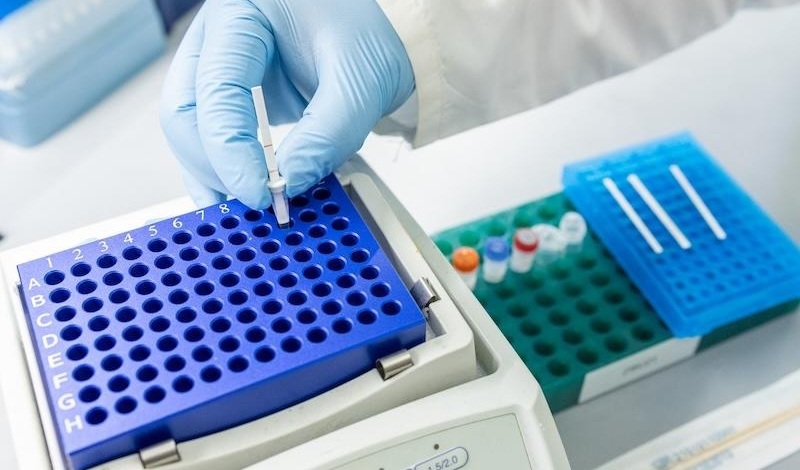
CRISPR-Based Tuberculosis Test Uses Mouth Swab to Simplify Screening
Tuberculosis remains the world’s deadliest infectious disease, with more than 10 million people falling ill annually and about 40% of cases going undiagnosed. Current testing depends on sputum samples,... Read more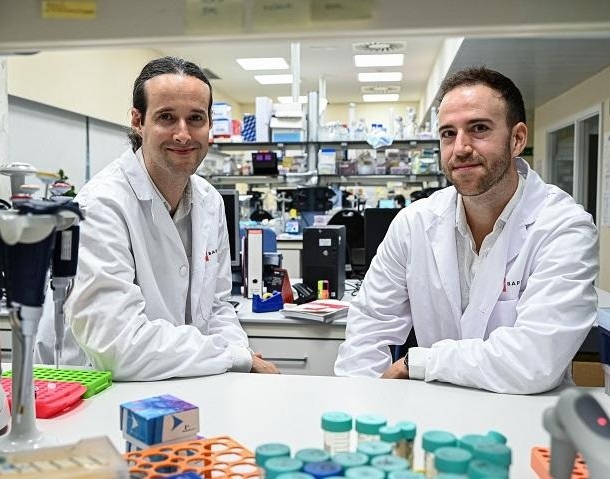
New DNA Methylation-Based Method Predicts Cancer Progression
Cancer often develops silently for years before diagnosis, making it difficult to trace its origins and predict its progression. Traditional approaches to studying cancer evolution have lacked the precision... Read moreHematology
view channel
Pioneering Model Measures Radiation Exposure in Blood for Precise Cancer Treatments
Scientists have long focused on protecting organs near tumors during radiotherapy, but blood — a vital, circulating tissue — has largely been excluded from dose calculations. Each blood cell passing through... Read more
Platelets Could Improve Early and Minimally Invasive Detection of Cancer
Platelets are widely recognized for their role in blood clotting and scab formation, but they also play a crucial role in immune defense by detecting pathogens and recruiting immune cells.... Read more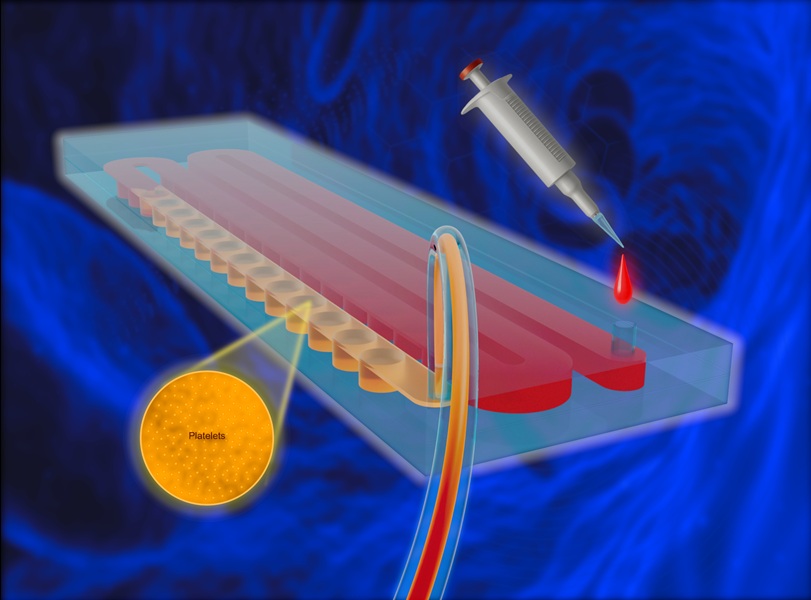
Portable and Disposable Device Obtains Platelet-Rich Plasma Without Complex Equipment
Platelet-rich plasma (PRP) plays a crucial role in regenerative medicine due to its ability to accelerate healing and repair tissue. However, obtaining PRP traditionally requires expensive centrifugation... Read moreImmunology
view channel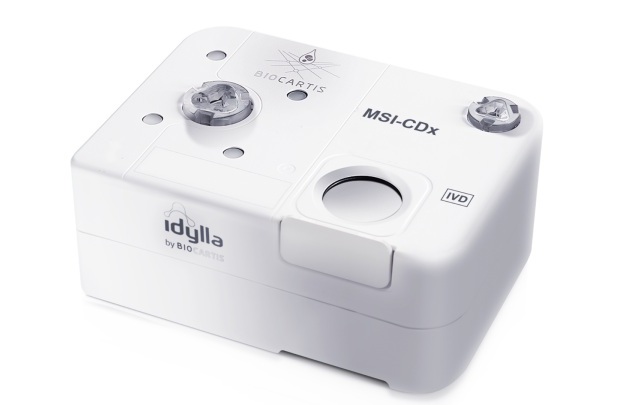
Companion Diagnostic Test for CRC Patients Identifies Eligible Treatment Population
Colorectal cancer remains one of the leading causes of cancer-related deaths worldwide, and identifying which patients will benefit most from targeted immunotherapies is critical. Existing diagnostic methods... Read more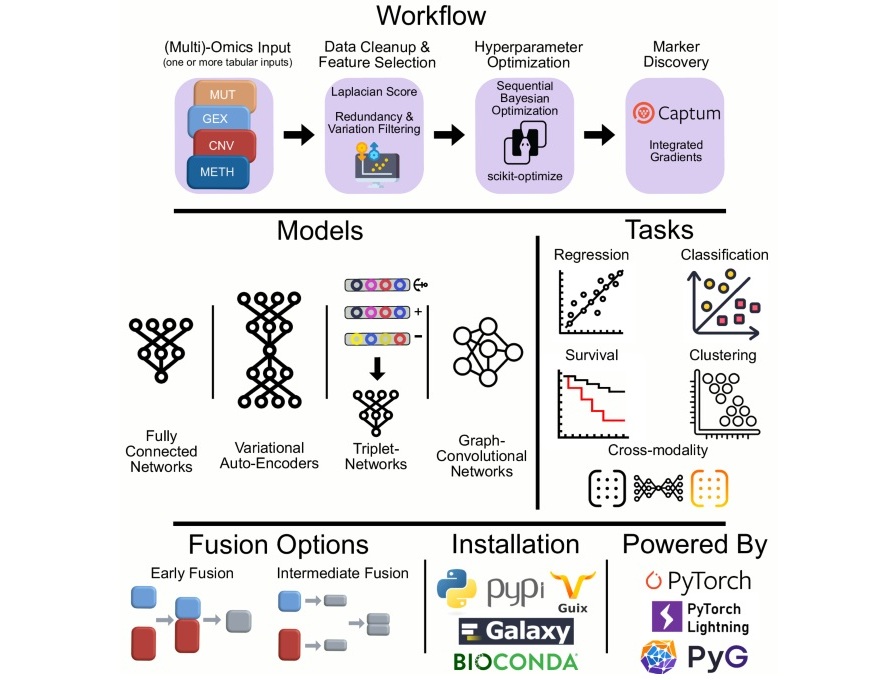
Novel Tool Uses Deep Learning for Precision Cancer Therapy
Nearly 50 new cancer therapies are approved each year, but selecting the right one for patients with highly individual tumor characteristics remains a major challenge. Physicians struggle to navigate the... Read more
Companion Diagnostic Test Identifies HER2-Ultralow Breast Cancer and Biliary Tract Cancer Patients
Breast cancer is the most common cancer in Europe, with more than 564,000 new cases and 145,000 deaths annually. Metastatic breast cancer is rising in younger populations and remains the leading cause... Read morePathology
view channel
New Microscope Promises to Speed Up Medical Diagnostics
Traditional microscopes are designed for flat samples, yet real-life specimens, such as tissue slides, are often curved or uneven. This mismatch forces researchers to rely on scanning methods or costly... Read more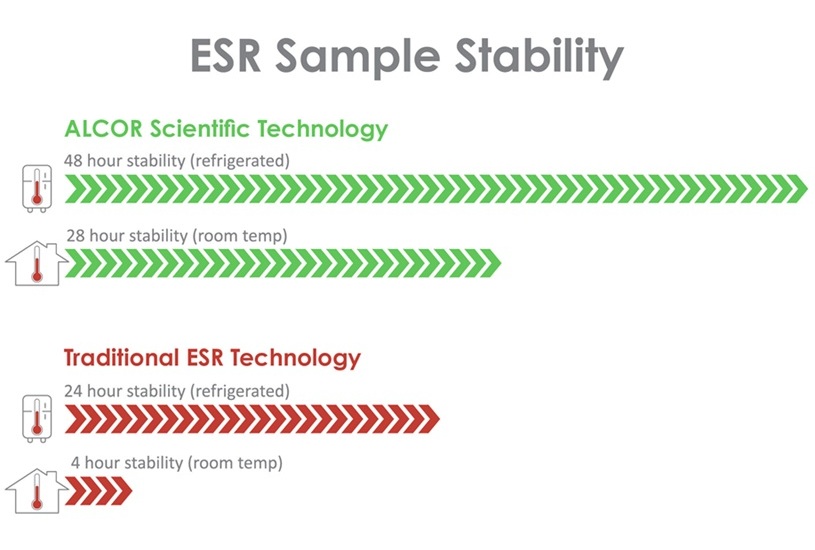
ESR Testing Breakthrough Extends Blood Sample Stability from 4 to 28 Hours
Erythrocyte sedimentation rate (ESR) is one of the most widely ordered blood tests worldwide, helping clinicians detect and monitor infections, autoimmune conditions, cancers, and other diseases.... Read moreAccurate Pathological Analysis Improves Treatment Outcomes for Adult Fibrosarcoma
Adult fibrosarcoma is a rare and highly aggressive malignancy that develops in connective tissue and often affects the limbs, trunk, or head and neck region. Diagnosis is complex because tumors can mimic... Read more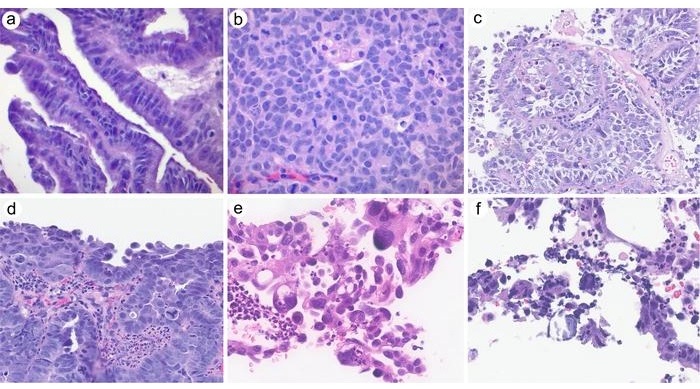
Clinicopathologic Study Supports Exclusion of Cervical Serous Carcinoma from WHO Classification
High-grade serous carcinoma is a rare diagnosis in cervical biopsies and can be difficult to distinguish from other tumor types. Cervical serous carcinoma is no longer recognized as a primary cervical... Read moreTechnology
view channel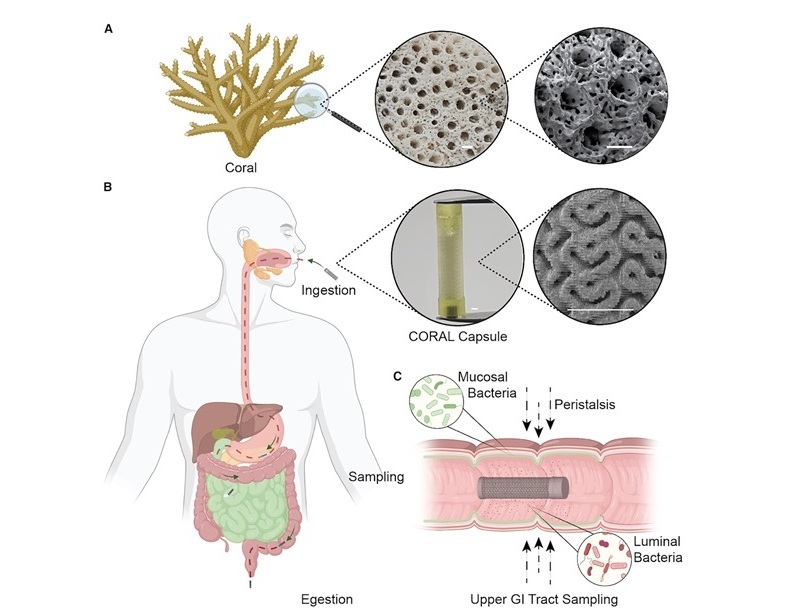
Coral-Inspired Capsule Samples Hidden Bacteria from Small Intestine
The gut microbiome has been linked to conditions ranging from immune disorders to mental health, yet conventional stool tests often fail to capture bacterial populations in the small intestine.... Read more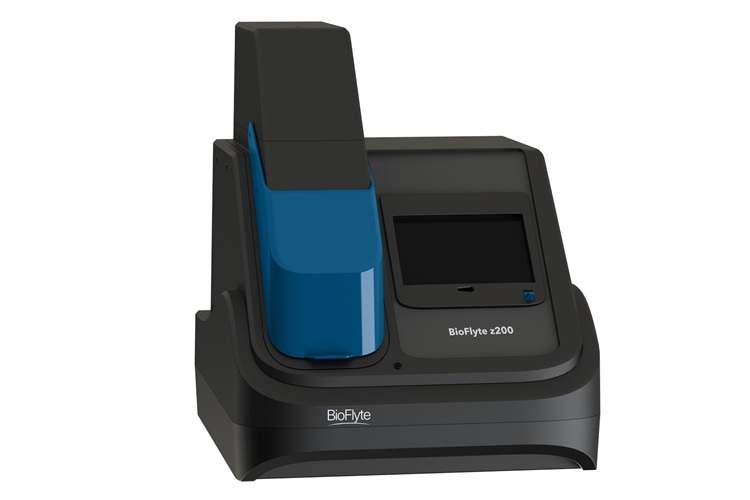
Rapid Diagnostic Technology Utilizes Breath Samples to Detect Lower Respiratory Tract Infections
Respiratory tract infections (LRTIs) are leading causes of illness and death worldwide, particularly among vulnerable populations such as the elderly, young children, and those with compromised immune systems.... Read moreIndustry
view channel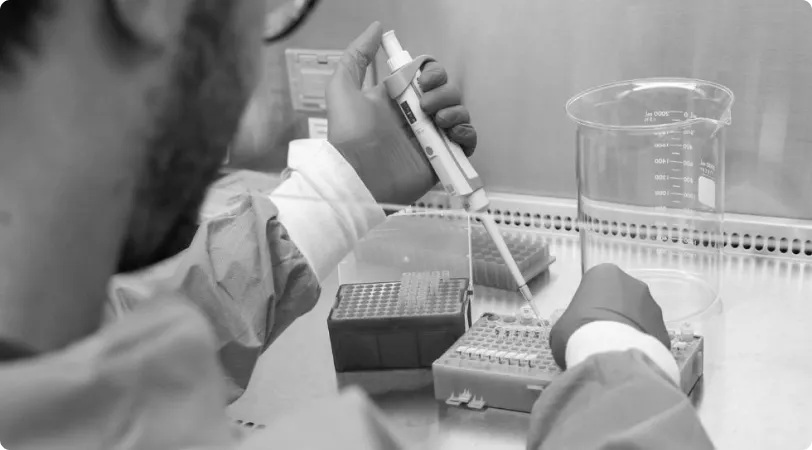
VedaBio Partners With Mammoth Biosciences to Expand CRISPR-Based Diagnostic Technologies
VedaBio (San Diego, CA, USA) has entered into a non-exclusive license agreement with Mammoth Biosciences (Brisbane, CA, USA) for the use of select CRISPR-based technologies in diagnostic applications.... Read more











